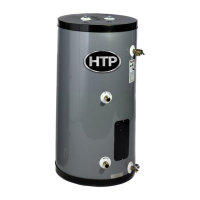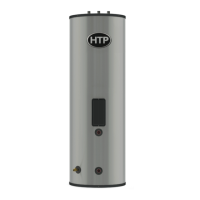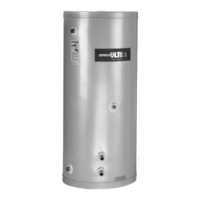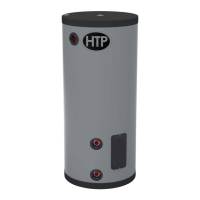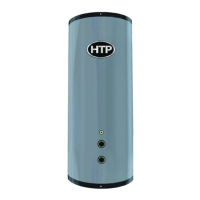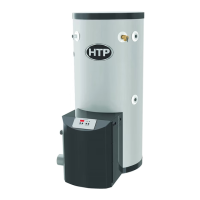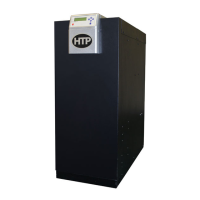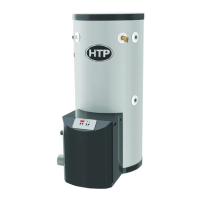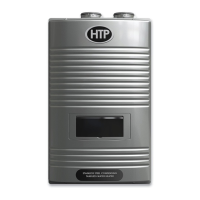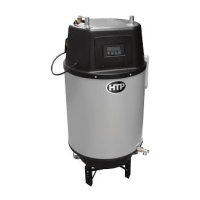17
PART 6 – MAINTENANCE AND TROUBLESHOOTING
Periodic maintenance should be performed by a qualified service technician to assure that all the equipment is
operating safely and efficiently. The owner should make necessary arrangements with a qualified heating con-
tractor for periodic maintenance of the heater. Installer must also inform the owner that the lack of proper care
and maintenance of the heater may result in a hazardous condition.
Check heater and system piping for any sign of leakage;
make sure pipes are properly supported.
Do a full visual inspection of all system components.
Test all functions of the system
*Verify safe settings on Anti-Scald Valve
*Verify devices are installed and working properly.
Change batteries if necessary.
Check to see that the circuit breaker is clearly labeled.
Exercise circuit breaker.
Check wire connections. Make sure they are tight.
Remove and visually inspect the anode rod. Anode rod
should be replaced when more than 6” of core wire is
exposed at either end of the rod.
Lift and release the relief valve on the water heater.
Make certain that the valve operates properly by
allowing several gallons to flush through the discharge
line. Replace if valve is blocked or does not operate
properly.
NOTE: DISCHARGED WATER MAY PRESENT A
SCALD RISK. TAKE CAUTION WHEN OPERATING
RELIEF VALVE.
Open the drain valve and drain a few quarts of water
from the bottom of the tank to flush any hard water
deposits. Replace if valve is blocked or does not operate
properly.
NOTE: DRAINED WATER MAY PRESENT A SCALD
RISK. TAKE CAUTION WHEN OPERATING DRAIN
VALVE.
Verify that you have completed entire check list.
WARNING: FAILURE TO DO SO COULD RESULT IN
SERIOUS INJURY OR DEATH
Review what you have done with the homeowner.
INITIAL AND DATE AFTER INSPECTION/SERVICE. CONTINUE INSPECTIONS
ANNUALLY BEYOND THE FOURTH YEAR.
Table 4 - *If applicable to system.
